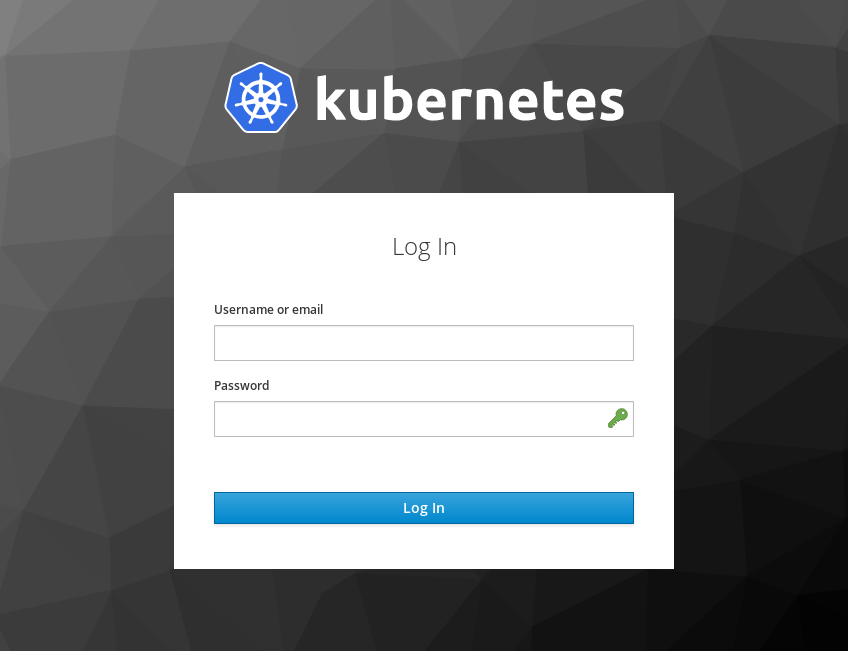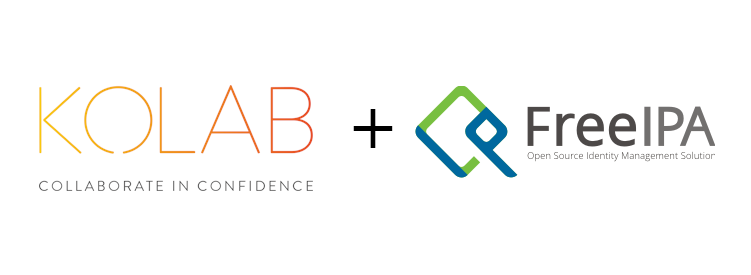
I had a need to show dashboard with monitoring information on several screens in the office. There are several old Raspberry Pi Model B+ and a hypervisor with a virtually unlimited amount of resources.
Apparently the Raspberry Pi Model B+ does not have enough power to keep the browser running constantly and draw a large amount of graphics in it, which is why the page is partially buggy and often crashes.
I found a fairly simple and elegant solution, which I want to share with you.



